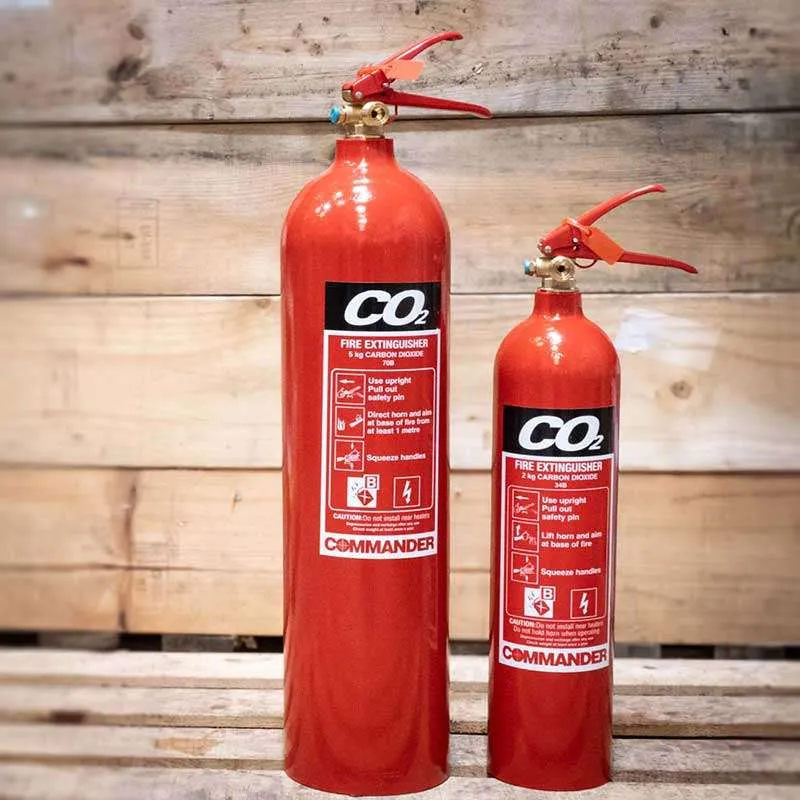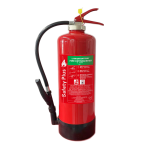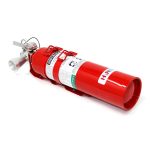Introduction to Fire Extinguisher Ratings
Navigating the world of fire safety can be daunting, especially when trying to make sense of fire extinguisher ratings. These ratings are crucial for the proper handling and usage of fire extinguishers. What does the number on a fire extinguisher mean? They guide us in choosing the right equipment for different fire classes.
Definition and Significance of the Numbers and Letters
So, what does the number on a fire extinguisher mean? Each fire extinguisher carries a specific code that is central to its function. The code typically has numbers and letters. The numbers refer to the extinguisher’s ability to combat a fire. The letters indicate the type of fire it’s designed to fight.
For instance, a rating like ‘2A’ means the extinguishing power of the device is equal to two gallons of water on a Class A fire. Class A fires involve ordinary combustibles like wood or paper. The higher the number, the greater the extinguisher’s capability to put out the fire. These numbers are essential; they help us match the extinguisher to the fire’s intensity.
Understanding these ratings prevents the use of an incorrect extinguisher in an emergency. This knowledge can mean the difference between a quick response and a dangerous situation. The letters are just as important as the numbers—they align with different fire classes, such as A, B, C, and so on. Each letter corresponds to a type of fire, guiding you to choose an extinguisher that targets the material that’s burning.
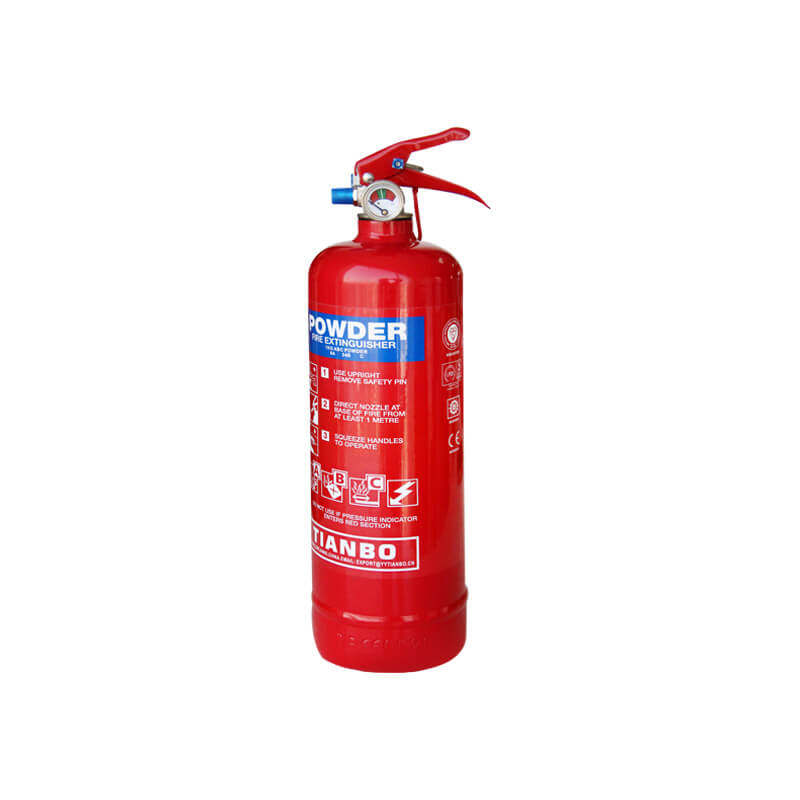
Classifications of Fires
Understanding the types of fires is key to selecting the right fire extinguisher. Different materials burn differently, requiring specific types of extinguishers.
Common Types of Fires Tackled by Fire Extinguishers
Fire extinguishers are categorized based on the classes of fires they can tackle. Here are the common types:
- Class A: These fires involve ordinary combustibles such as wood, paper, and cloth. Most homes and offices need extinguishers rated for these fires.
- Class B: These fires involve flammable liquids like gasoline, oil, and grease. Class B extinguishers are essential in garages, kitchens, and areas where such liquids are stored.
- Class C: This class involves electrical equipment fires. Extinguishers suitable for electrical fires are non-conductive to prevent electrical shocks.
- Class D: These are rare and involve combustible metals, requiring specialized extinguishers usually found in industrial environments.
- Class K: Specific to cooking fires involving oils and fats, these extinguishers are a must in commercial kitchens.
Each class of fire has specific challenges and requires a fire extinguisher with a particular chemical formula to effectively combat it. For instance, using a water-based extinguisher (typically for Class A) on a grease fire (Class B) could cause the fire to spread. Matching extinguisher types to fire classes is crucial for effective firefighting.
Understanding the Numbering System
When you come across the codes on a fire extinguisher, it’s crucial to understand what they signify. These codes are not random but carefully structured information that tells us precisely the extinguisher’s capability and suitability for different fire types.
Decoding the Numeric and Letter Codes
Let’s simplify what these numbers and letters mean. The numeric value indicates the amount of fire the extinguisher can handle. It’s like saying, ‘this extinguisher can fight a fire as effectively as this many gallons of water.’ So a code of ‘2A’ is telling you that the extinguisher can battle a Class A fire with the effectiveness of two gallons of water.
As for the letters, they define the class of fire the extinguisher is made to fight. Class A targets ordinary combustibles, such as paper or wood. Class B extinguishers are for flammable liquids, and the list goes on through Classes C, D, to K, each designed for a different type of fire. Knowing these letters is essential to pick out the fire extinguisher that aligns with the materials at risk.
Combine these two pieces—the numbers and letters—and you have a powerful guide. A ’13A/55B’ rating, for instance, means the extinguisher combats a Class A fire with the size and intensity that 13 units of water could handle or a Class B fire with the intensity for 55 units.
To choose correctly, compare the volume of combustible materials to these standards. Always choose a size greater than you think you’ll need to err on the side of caution. With this knowledge, you can be confident you’ve selected the right fire extinguisher for both the size and material of a potential fire.
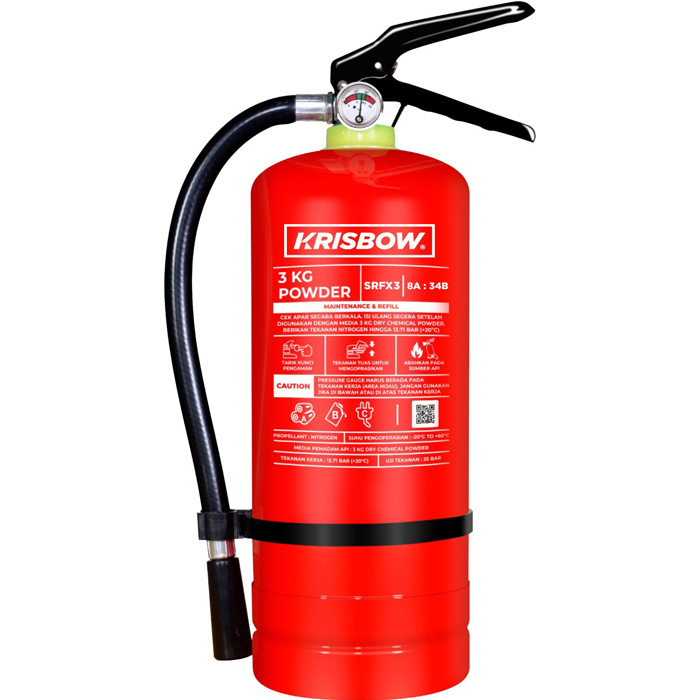
Appropriate Usage of Fire Extinguisher Ratings
Knowing what the number on a fire extinguisher means is vital for safety. But it’s just as important to use this information correctly. When selecting a fire extinguisher, always consider the type of fire it’s meant for. This is where understanding the numbering system becomes practical.
Matching Extinguisher Types to Fire Classes
To ensure safety, match extinguisher types to fire classes. Each class of fire requires a unique extinguishing method. Here’s a quick guide to help you choose:
- Class A: Opt for extinguishers labeled with an ‘A’. These work best on fires involving materials like wood or paper.
- Class B: Look for a ‘B’ on the label. These are for fires caused by flammable liquids such as oil.
- Class C: Choose extinguishers with a ‘C’. These are safe for electrical fires and won’t conduct electricity.
- Class D: For fires from metals, pick extinguishers marked with a ‘D’. These are less common and specialized.
- Class K: In commercial kitchens, use extinguishers labeled ‘K’ for fires involving oils and fats.
Extinguishers come with both numbers and letters to guide you. For instance, a ’13A/55B’ extinguisher is effective against a Class A fire, similar to 13 gallons of water, or a Class B fire, equal to 55 gallons. This is crucial when facing a real fire situation. Always choose an extinguisher with a rating high enough for the potential fire size. It’s better to have more extinguishing power than needed than less. Remember, safety first!
Purchasing and Maintenance Tips for Fire Extinguishers
Choosing the right fire extinguisher can be challenging. It’s important to understand the numbers and letters to ensure safety. Here are some tips:
How to Select the Right Fire Extinguisher
First, identify the types of fires that could occur in your location. Look at materials present in the area. Pick extinguishers that match the fire risks. For example, select ‘A’ rated extinguishers for ordinary combustibles. Always choose a size with a higher rating than you think you’ll need.
Next, consider the extinguisher’s size and weight. Make sure it is manageable for those who may use it. Check the rating. Bigger numbers mean more fire-fighting power. For commercial settings, consult a fire safety expert. They can recommend the best options for your specific needs.
Finally, look at different brands and read reviews. Choose reliable models that meet industry standards. Check the warranty and after-sales service too. Remember, you get what you pay for. Investing in quality can save lives.
Regular Maintenance and Inspection
Now, it’s not just about buying the right fire extinguisher. Keeping them in working order is vital. Schedule regular checks. This includes inspecting the seal and checking for damage or corrosion.
Most extinguishers need professional servicing annually. Follow the manufacturer’s guidelines. Keep a log of maintenance activities. Make sure the service technician tags the extinguisher with the date of inspection.
Finally, train staff on how to check for issues. Simple steps like ensuring the extinguisher is accessible and not blocked can make a big difference in an emergency. Teach correct handling and placement after use to avoid misuse or damage.
By following these tips, you secure that your fire extinguishers are ready when needed. Remember, a well-maintained fire extinguisher is a key tool for safety.
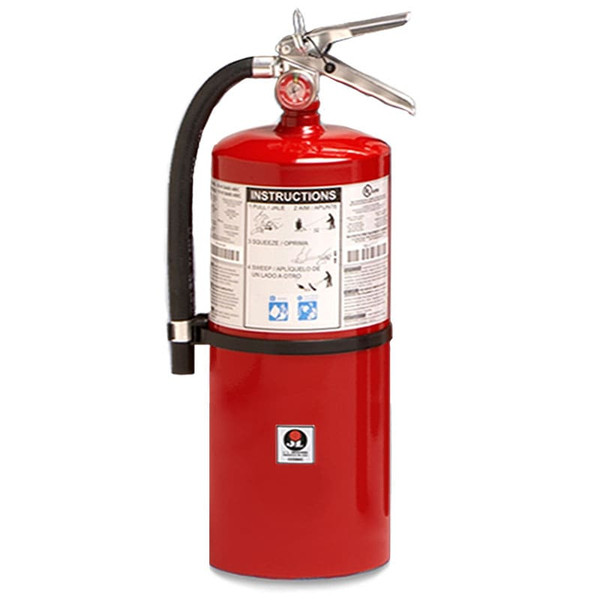
Guidelines for Using Fire Extinguishers in Emergencies
Knowing what the number on a fire extinguisher means is one step. Using it correctly during an emergency is another. Fast action is critical, but it’s equally important to act safely and effectively.
Steps to Operate a Fire Exister correctly
When faced with a fire, it’s important to keep calm and follow these simple steps:
- Pull the pin at the top of the extinguisher, breaking the tamper seal.
- Aim low, pointing the extinguisher nozzle (or its hose) at the base of the fire.
- Squeeze the handle to release the extinguishing agent.
- Sweep from side to side at the base of the fire until it appears to be out.
Once the fire seems extinguished, watch the area carefully for signs of re-ignition. Reactivate the extinguisher if the fire re-lights. Exit the building immediately if the fire cannot be controlled or if the extinguisher becomes empty. Keep a safe exit path in your mind to avoid getting trapped. After using an extinguisher, it must be recharged or replaced. Remember, the effectiveness of a fire extinguisher depends on its proper use. Matching the correct type to the fire class and using it correctly makes all the difference.
Importance of Compliance with Safety Standards
Adhering to safety standards is critical for effective fire management. Compliance guarantees that fire extinguishers are not only efficient but also meet safety protocols that protect property and lives.
The Role of Legal and Safety Regulations in Fire Safety
Legal and safety regulations in fire safety ensure that fire extinguishers are correctly classified. These standards dictate the quality and capability of fire extinguishers. Laws specify which type of extinguisher to use in different settings, preventing misuse. Daily checks, proper handling, and suitable usage are part of these regulations. Ensuring compliance minimizes risks and enhances emergency response effectiveness.
